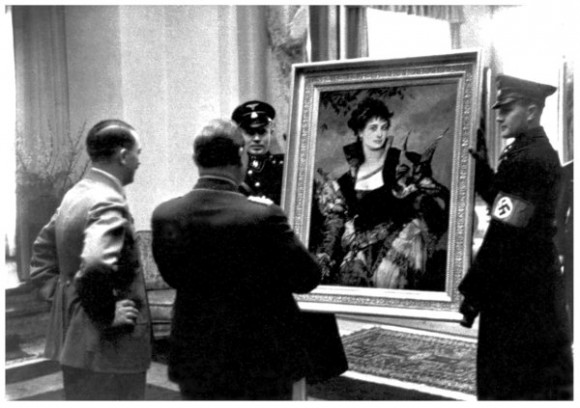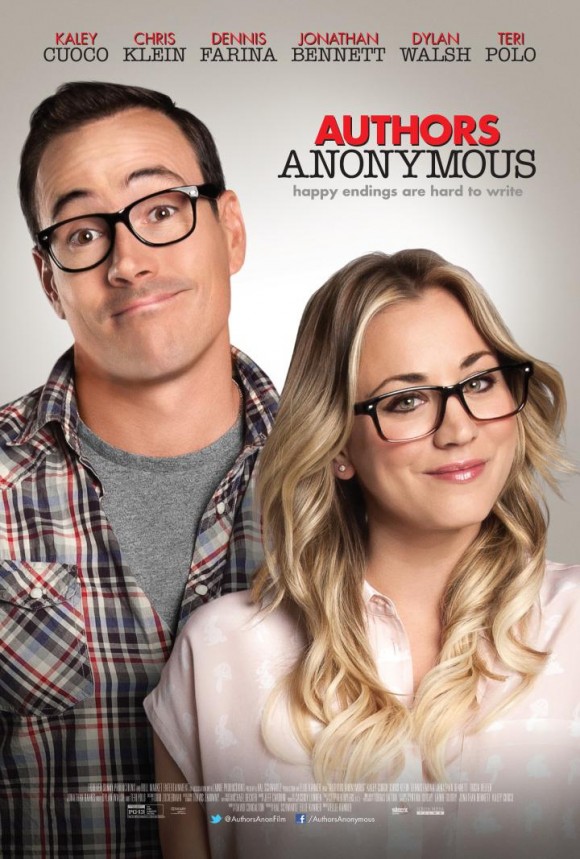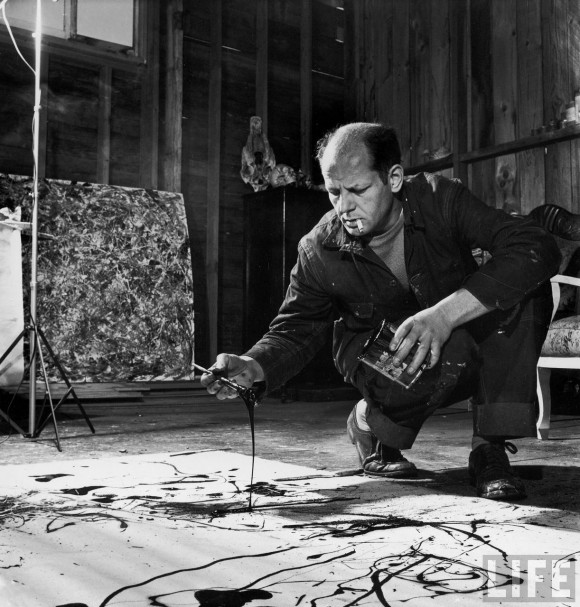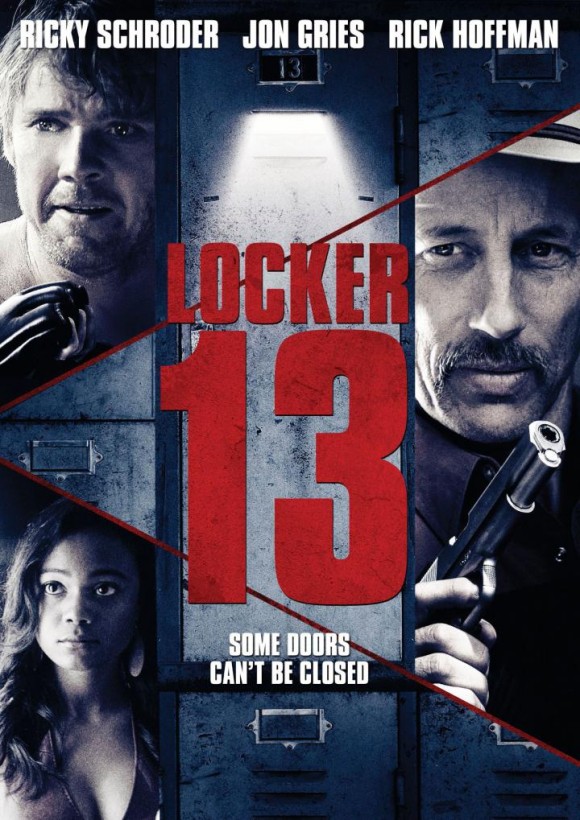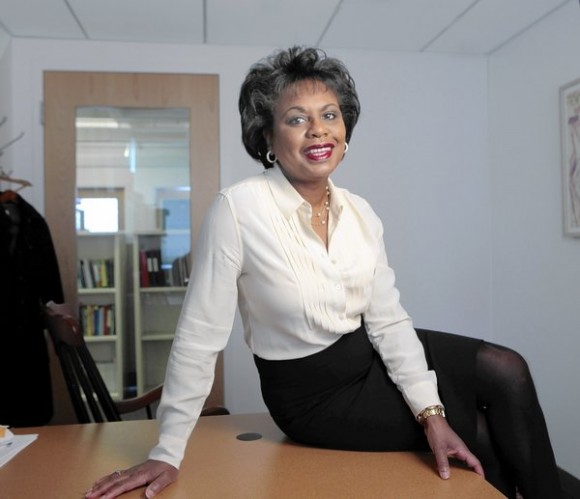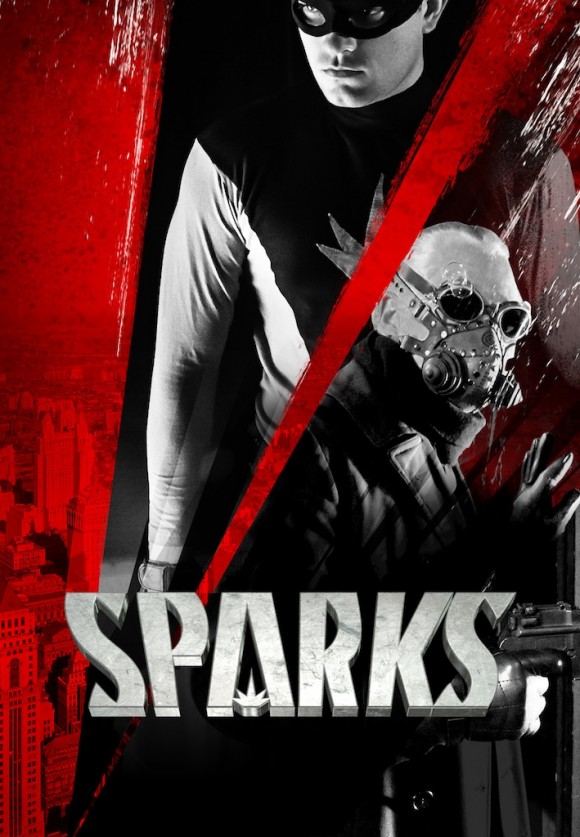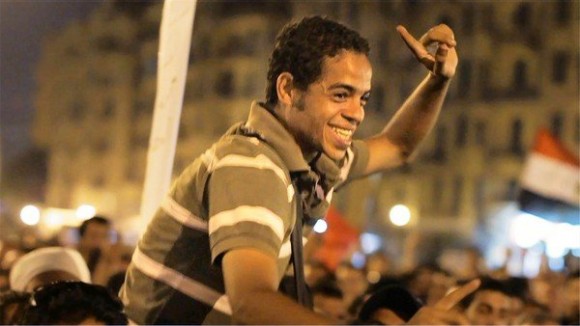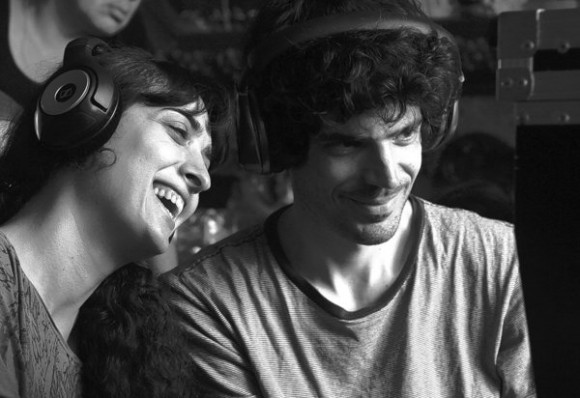The writer, producer and select cast members of AUTHORS ANONYMOUS — including Chris Klein and Jonathan Bennett — will participate in a Q&A after the 7:50 PM screening at the NoHo on Saturday, April 19.
If George Clooney’s “The Monuments Men” did nothing else, it made possible the theatrical re-release of “The Rape of Europa,” a splendid documentary that shows the true story behind the Nazi theft of European art and interviews some of the real-life Monuments Men who got it back. The film is packed with information and also tells a series of wonderful truth-is-stranger-than-fiction tales. “The Rape of Europa” even details the postwar fights about who owns which paintings that culminated in the sale of Gustav Klimt’s gold portrait for a record $135 million. This documentary paints a picture that is vivid and timely. Playing on Saturday and Sunday at [11 AM at] Laemmle’s Monica 4 in Santa Monica, Town Center 5 in Encino, Playhouse 7 in Pasadena and Claremont 5 in Claremont.
